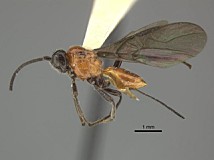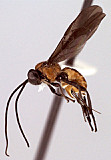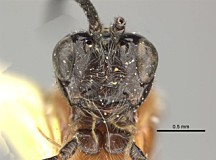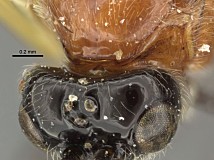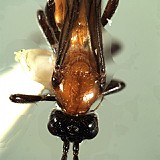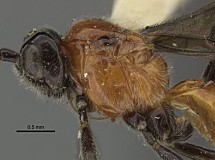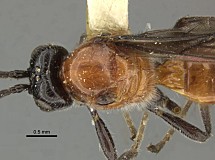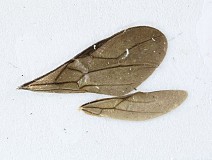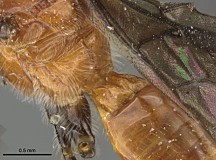Desmiostoma caldasanum Fischer, 1983
This species is a typical member of the subgenus Bellopius as defined by Wharton (1997). However, it has never been formally transferred from Desmiostoma and thus remains in its original combination as described by Fischer.
There are no specimens currently determined for this OTU, or those specimens determined for this OTU are not yet mappable.
First label:
COLOMBIA:5 mi.
N.of Anserma,
Caldas,1750 m.
III-17-1955
Second label:
E.I.Schlinger
& E.S.Ross
collectors
Third label [outlined in red pen]:
Desmiostoma
caldasanum ♀
det. Fischer 1982 n. sp.
(“Paratype” on reverse)
Fourth label: NMHW
This material is based upon work at Texas A&M University supported by the National Science Foundation under Grant Numbers DEB 0949027 and DEB 0328922 with REU supplement 1313933. Any opinions, findings, and conclusions or recommendations expressed in this material are those of the author(s) and do not necessarily reflect the views of the National Science Foundation.

